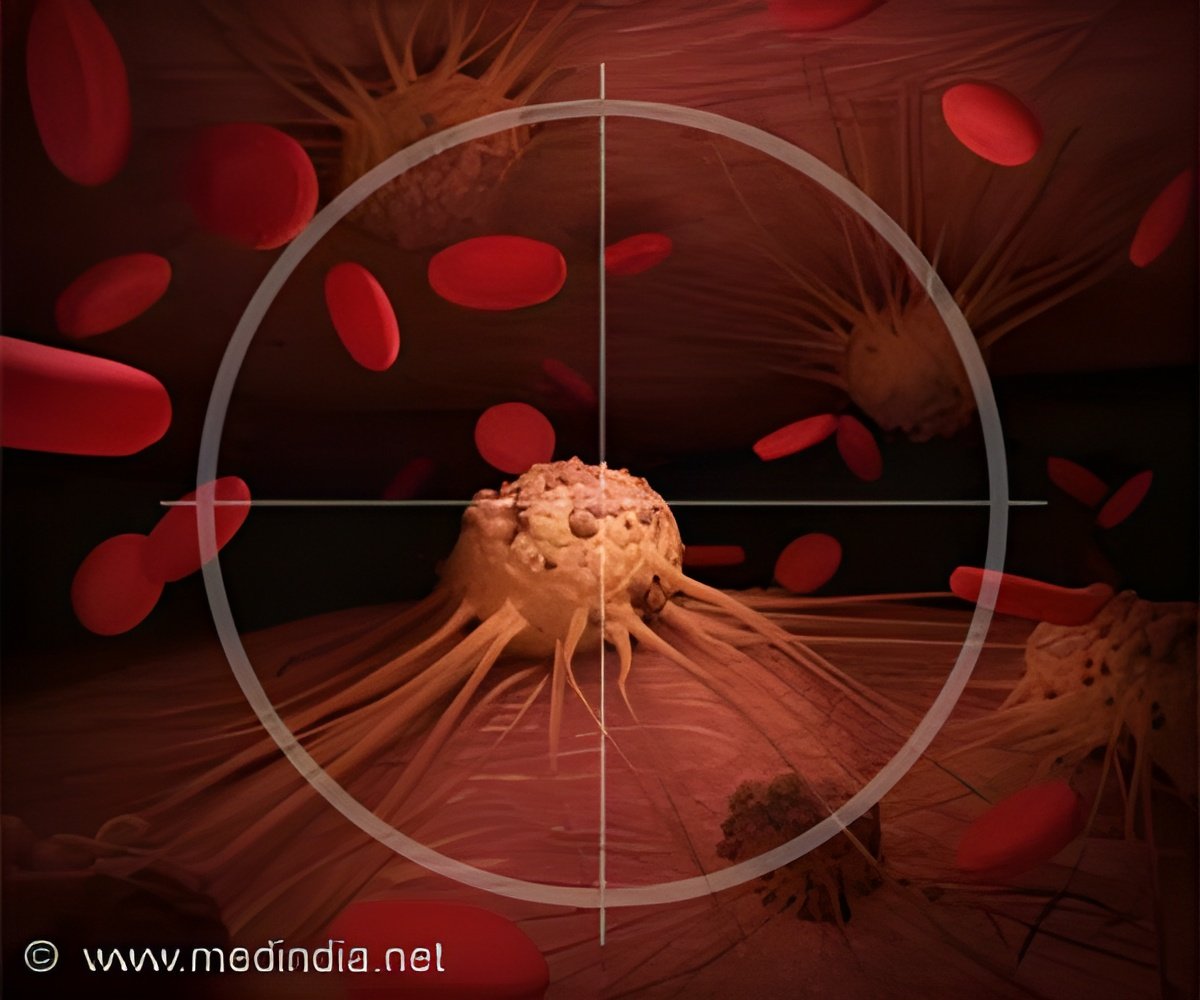
‘Preventing cancer cells from consuming glucose will cause them to stop growing as swiftly and make them easier to treat.
’
Tweet it Now
BACKGROUND Cancer cells need to consume sugar in the form of glucose to grow and spread. Healthy cells also need sugar to carry out their normal cellular functions, such as creating energy for the body. Researchers have known for a long time that preventing cancer cells from consuming glucose will cause them to stop growing as quickly and make them easier to treat. But the challenge has been developing and identifying targeted therapies that are able to prevent cancer cells from consuming glucose while not interfering with the metabolism of healthy cells.
Even today, testing drugs that keep cancer cells from consuming glucose is a slow process because only one or two therapies are screened at a time. To change this, UCLA researchers have developed an automated technique using robotics that can test the effects of hundreds of molecules on non-small-cell lung cancer tumors at one time.
METHOD
With equipment in the UCLA Molecular Screening Shared Resource facility designed to test molecules against biological targets such as cancer cells, the researchers used a special glucose analog that mimics naturally occurring glucose and rectangular plates with 384 individual wells for the test.
Advertisement
Using a plate reader that is able to track the amount of light that comes out of each well, the researchers recorded how much of the glucose molecule the tumors in each of the wells were able to metabolize.
Advertisement
UCLA’s new automated method will speed up how researchers test for therapies that block the metabolism of non-small-cell lung cancer tumors. In the future, this method may also be used to test for molecules that are able to inhibit the metabolism of other types of cancer cells.
Source-Newswise














